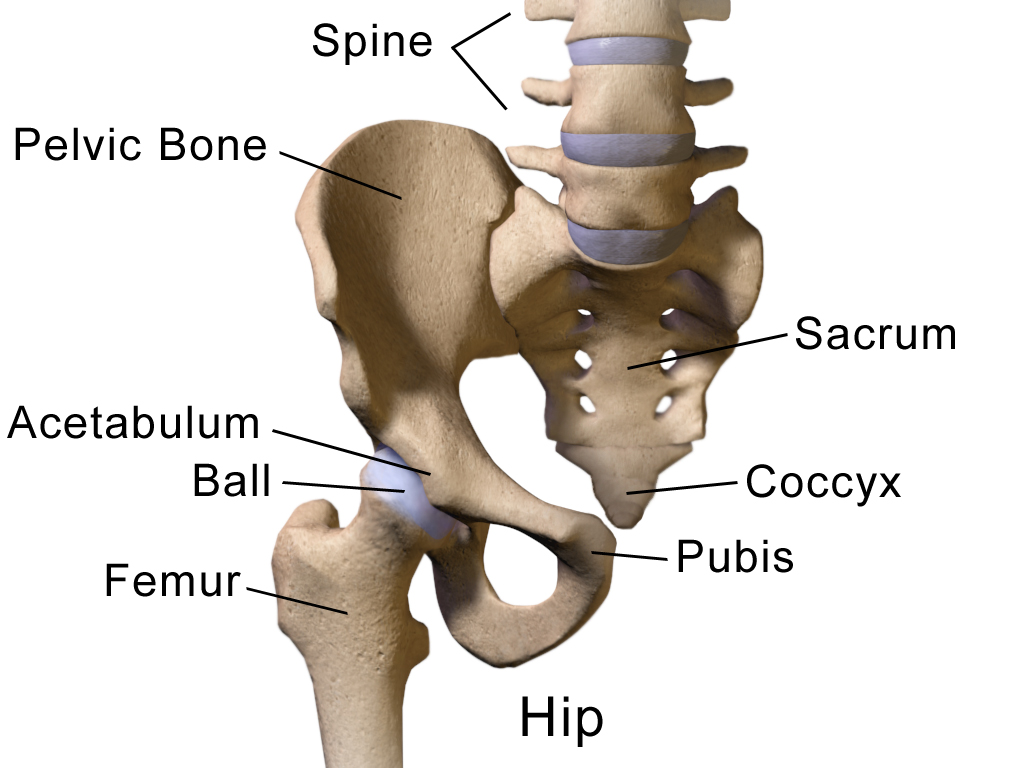
The Hip
The hip joint, where the thigh bone meets the pelvis, is the second-largest joint in the body. Designed as a sturdy ball-and-socket structure, the joint allows for smooth and flexible movement. Conditions like arthritis or reduced blood flow can cause pain and limit mobility.
Learn more about hip pain
Read more about common causes of hip pain and treatment options:

The Knee
The knee joint, where the thigh bone meets the shinbone, is the largest joint in the body. As a hinge joint, it allows for essential movements like bending and straightening the leg. Learn more about knee pain
Read more about common causes of knee pain and treatment options:

The Rehabilitation Program
A key part of recovery after joint replacement is a rehabilitation program that focuses on exercises to gradually enhance your range of motion and build muscle strength.
These exercises can also be beneficial before surgery to strengthen your muscles in advance. Building strength beforehand can help make the post-surgery recovery process smoother.
Review rehabilitation program for the hip and knee:

Post-Op Instructions
After joint replacement, we typically schedule follow-up appointments at 2 weeks, 6 weeks, 3 months, and 1 year post-surgery to monitor your progress and ensure proper healing. After the first year, we recommend follow-up visits with updated X-rays every 5 years to check that the implants are functioning well.
Below are some of the instructions and information you receive during your visits after surgery: